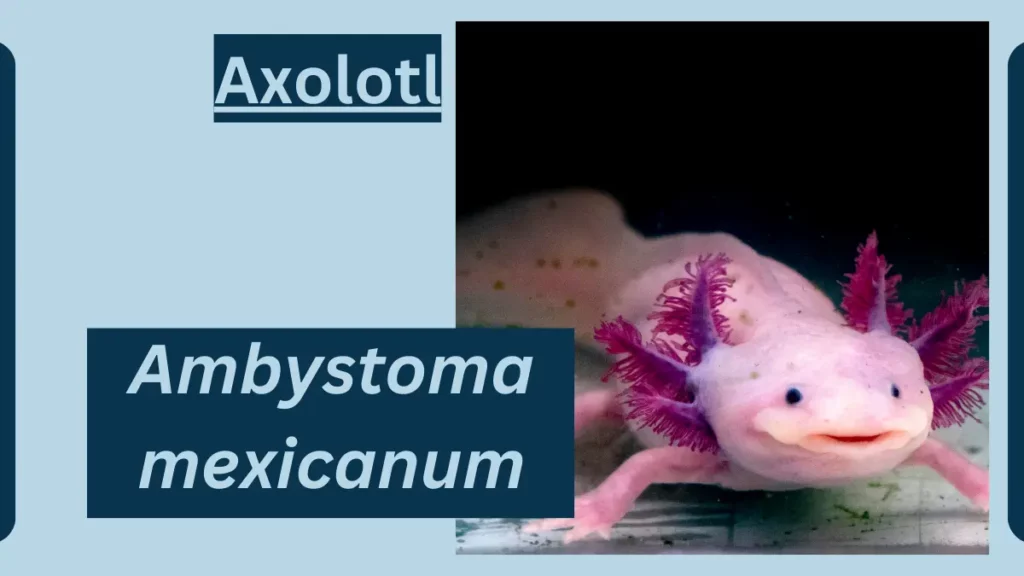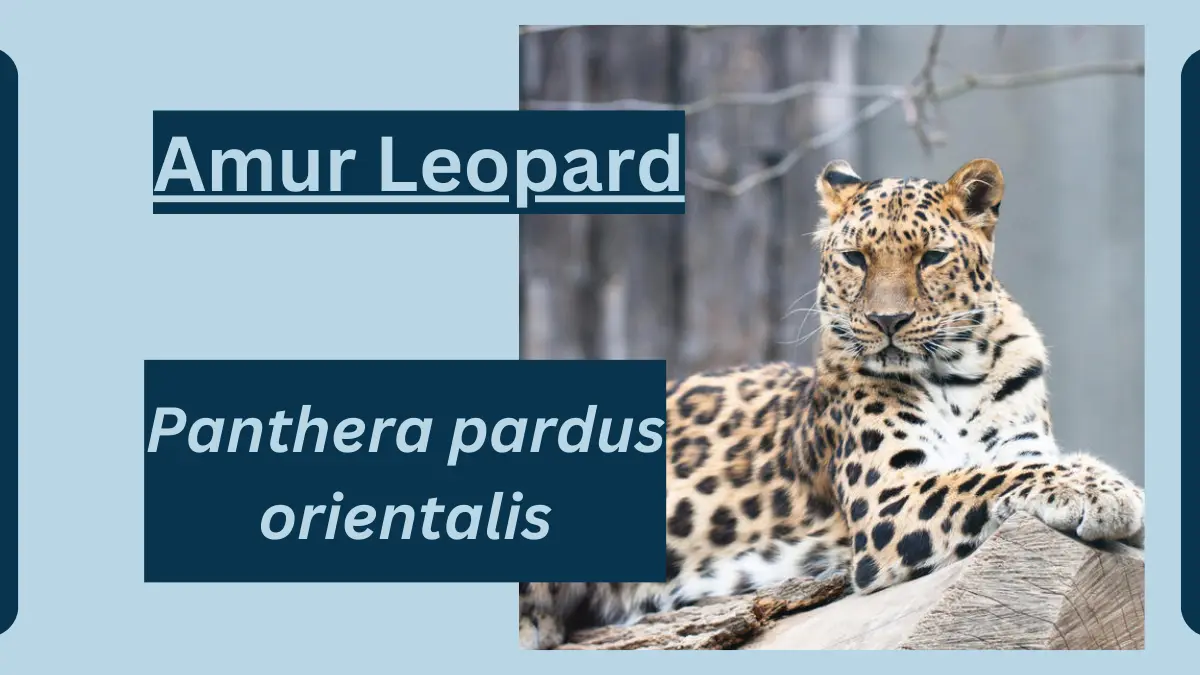Axolotl Animal Facts
October 13, 2023
The Axolotl, scientifically known as Ambystoma mexicanum, is a unique and fascinating aquatic salamander species native to certain lakes in Mexico.

Axolotl
Here are some facts about Axolotl:
| Topic | Information |
|---|---|
| Scientific Classification | – Kingdom: Animalia |
| – Phylum: Chordata | |
| – Class: Amphibia | |
| – Order: Urodela (Caudata) | |
| – Family: Ambystomatidae | |
| – Genus: Ambystoma | |
| – Species: Ambystoma mexicanum | |
| Origins and Habitat | Axolotls are native to the ancient waterways and lakes of Mexico, primarily in Lake Xochimilco and Lake Chalco. They are neotenic, meaning they reach sexual maturity without undergoing metamorphosis, retaining their aquatic juvenile features. |
| Characteristics | Anatomy and Appearance: Axolotls are known for their aquatic features, including external gills, feathery gill stalks, and a fringed tail fin. They exhibit a wide range of colors, including black, white, gold, and pink, with variations in patterns. |
| Size: They typically grow to about 9 to 12 inches (23 to 30 centimeters) in length, although some individuals may become larger. | |
| Behavior and Lifestyle | Axolotls are fully aquatic and have a relatively simple lifestyle. They are carnivorous and feed on small aquatic creatures, but they can also exhibit cannibalistic tendencies if kept together. They are generally calm and non-aggressive. |
| Reproduction and Life Cycles | Reproduction involves external fertilization. Females lay eggs, which are fertilized by the male, and the eggs develop into aquatic larvae. Unlike other salamander species, Axolotls do not undergo metamorphosis, retaining their larval features throughout their lives. |
| Diet and Prey | They are carnivorous and feed on a diet of small aquatic creatures, including insects, crustaceans, and small fish. They are opportunistic feeders and use suction to capture prey. |
| Predators and Threats | Natural predators of Axolotls include larger fish, birds, and other aquatic creatures. Their primary threat is habitat destruction, pollution, and illegal pet trade. They are critically endangered in the wild due to the loss of their natural habitat. |
| Interesting Facts and Features | Regeneration: Axolotls are renowned for their remarkable regenerative abilities. They can regrow lost body parts, including limbs, spinal cord, and even parts of their heart and brain. |
| Neoteny: They are often studied for their neotenic features, as they retain juvenile characteristics throughout their lives, including their aquatic adaptations. | |
| Relationship with Humans | Axolotls have become popular as pets and are subjects of scientific research. They are also culturally significant in Mexican folklore and science, representing regeneration and transformation. |
| Conservation Status and Life Today | Axolotls are critically endangered in the wild, primarily due to habitat loss and water pollution in their native lakes. Conservation efforts are in place to protect and restore their natural habitat, and they are also bred in captivity to preserve the species. |
File Under:







Leave a Reply